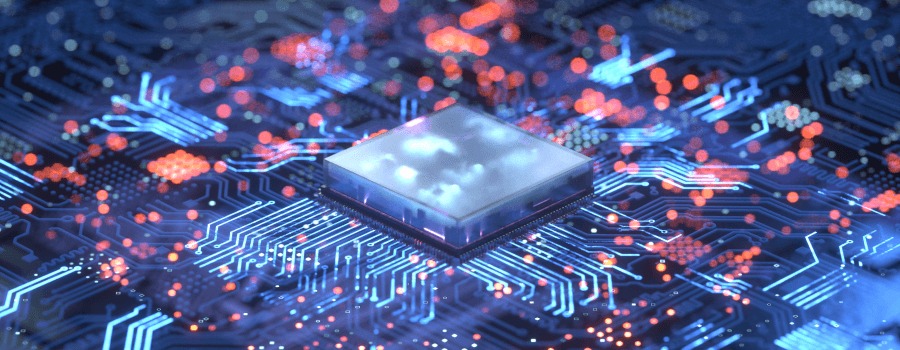An embedded system is a specialized computer designed to perform a specific task within a larger system. Unlike general-purpose computers, embedded systems are typically designed for one function and operate with real-time constraints. Examples of embedded systems include household appliances, medical devices, automotive systems, and industrial robots.
Characteristics of Embedded Systems
- Task-Specific: Embedded systems are programmed to perform specific functions and cannot be easily repurposed.
- Real-Time Operation: They often operate under strict timing constraints to respond to external events without delay.
- Resource-Constrained: These systems are designed to use minimal resources like memory and processing power.
- Reliability and Stability: Embedded systems are often deployed in critical applications, meaning they must operate reliably for extended periods.
Components of Embedded Systems
- Microcontroller or Microprocessor: The brain of the system, handling computations and control.
- Memory: Both volatile (RAM) and non-volatile (ROM, Flash) memory are used to store data and instructions.
- Input/Output Interfaces: Embedded systems interact with sensors, actuators, and displays.
- Software: Custom software is developed to control the behavior of the system.
Applications of Embedded Systems
- Consumer Electronics: Smart TVs, washing machines, and microwave ovens.
- Automotive: Advanced driver-assistance systems (ADAS), infotainment systems, and engine control units (ECUs).
- Healthcare: Medical devices like pacemakers, infusion pumps, and diagnostic equipment.
- Industrial Automation: Robotics, sensors, and control systems used in manufacturing and production.
Challenges in Embedded System Development
- Limited Resources: Due to the resource-constrained nature of embedded systems, developers must optimize for minimal memory and power usage.
- Real-Time Constraints: Ensuring that the system meets strict timing requirements can be challenging.
- Security and Reliability: Embedded systems often operate in critical applications, requiring high reliability and security.
Conclusion
Embedded systems are integral to the functionality of many modern devices. With their continued development, we can expect even more advanced and specialized applications that improve our daily lives and industrial capabilities.

Leave a Reply